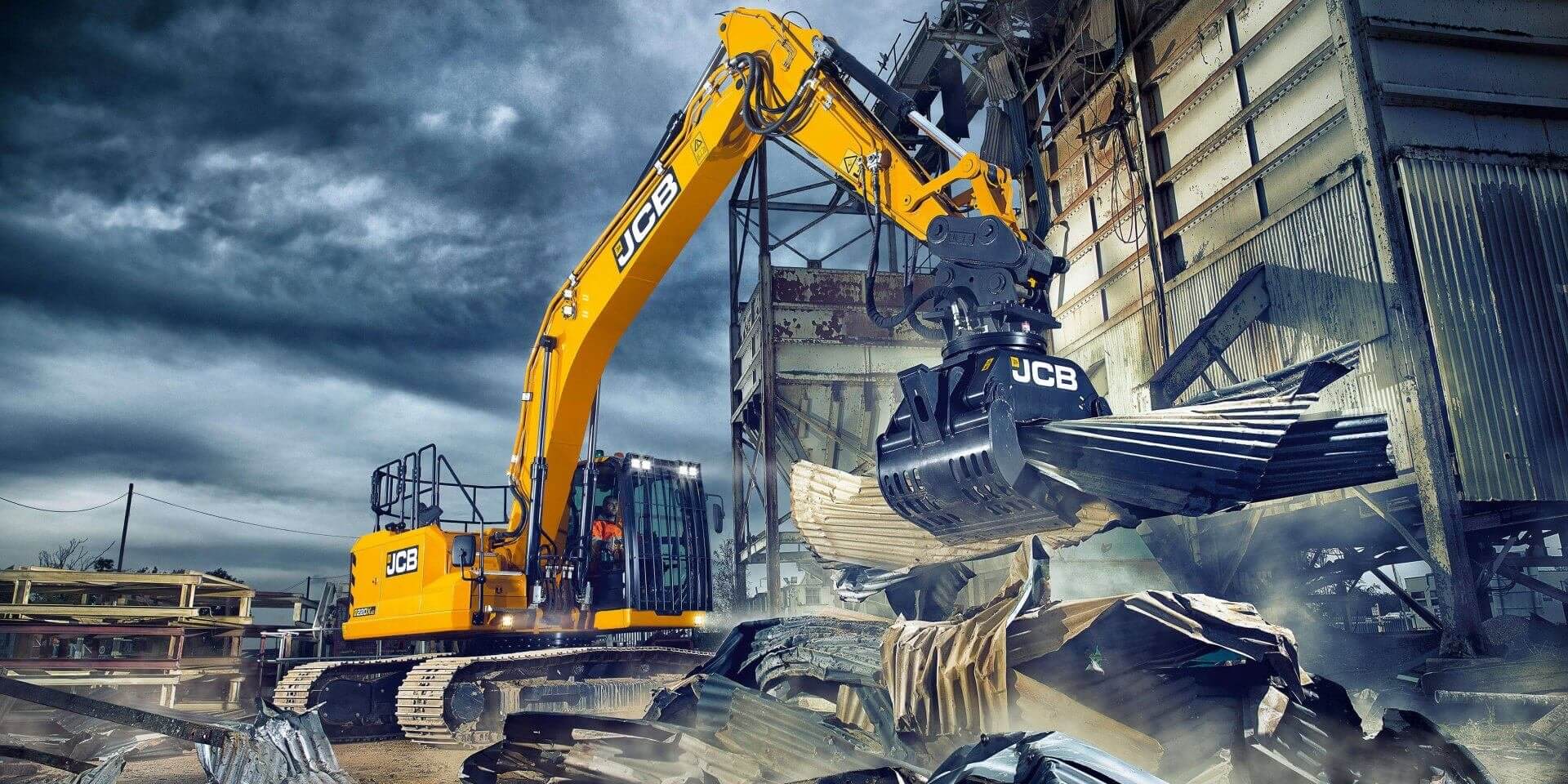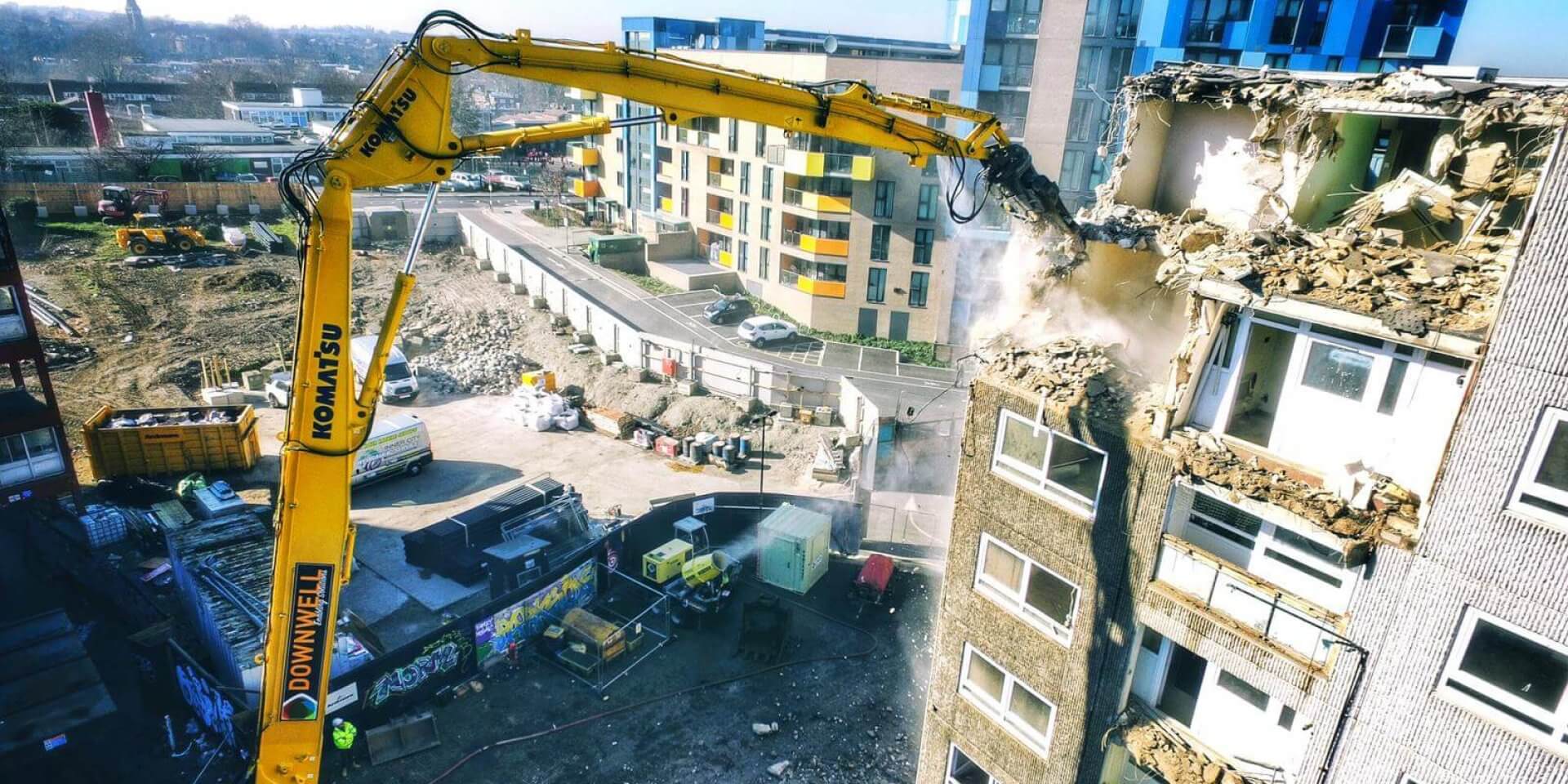Writer and filmmaker documents gradual demolition of Passaic Bridge.
Despite the heady circles in which we move, it is unusual that we receive an email from a writer/filmmaker to tell us about a new project. But then, Wheeler Antabanez’s obsession with the piece=-by-piece demolition of the Passaic Bridge is not particularly usual either.
He has sat in the freezing cold of the early morning, and drawn the ire of the contractors for straying too close to the blast zone. It begs the question: Why go through the trouble?
It’s because Antabanez is filming a movie and writing a book about the Passaic River. “Anytime something like this is going on, I’m definitely there,” he said.
The Caldwell resident has been exploring the river for years since purchasing a 70-horsepower speedboat. His adventures led him to write a special issue in Weird NJ called “Nightshade on the Passaic.” The film and the book will pick up where “Nightshade” left off.
But Antabanez left the boat in Kearny while filming and photographing the bridge demolition. He wanted to shoot from solid ground to get steady images.
His efforts—and his tendency to dress in dark clothes—aroused the suspicions of the demolition crew on the second-to-last blast day.
“I was all ready to take a shot and I had my camera set up, and they came in saying ‘You can’t be in the blast zone,'” Antabanez said.
But the workers let him leave his cameras in the blast zone, and they recorded what Antabanez thinks was the biggest explosion of the series. “It looks like a big shrouded ghost head coming up,” he said of the blast.
And he made peace with the demolition crew. In fact, the blastmaster asked Antabanez for copies of his videos.
Read more here, and view Antabanez’ compilation video below.







 We have all seen the headlines before: Christmas trees banned for health and safety risk; school football condemned by HSE; Breathing: The Hazards – The HSE report. And we all know them to be Daily Mail-style scaremongering with no basis in truth whatsoever. Indeed, in a rare moment of levity, the Health and Safety Executive now publishes these stories itself and then dispels them as “elf and safety myths”.
We have all seen the headlines before: Christmas trees banned for health and safety risk; school football condemned by HSE; Breathing: The Hazards – The HSE report. And we all know them to be Daily Mail-style scaremongering with no basis in truth whatsoever. Indeed, in a rare moment of levity, the Health and Safety Executive now publishes these stories itself and then dispels them as “elf and safety myths”. Plans have been submitted to demolish the bus station and ‘Black Box’ in the town centre.
Plans have been submitted to demolish the bus station and ‘Black Box’ in the town centre.
